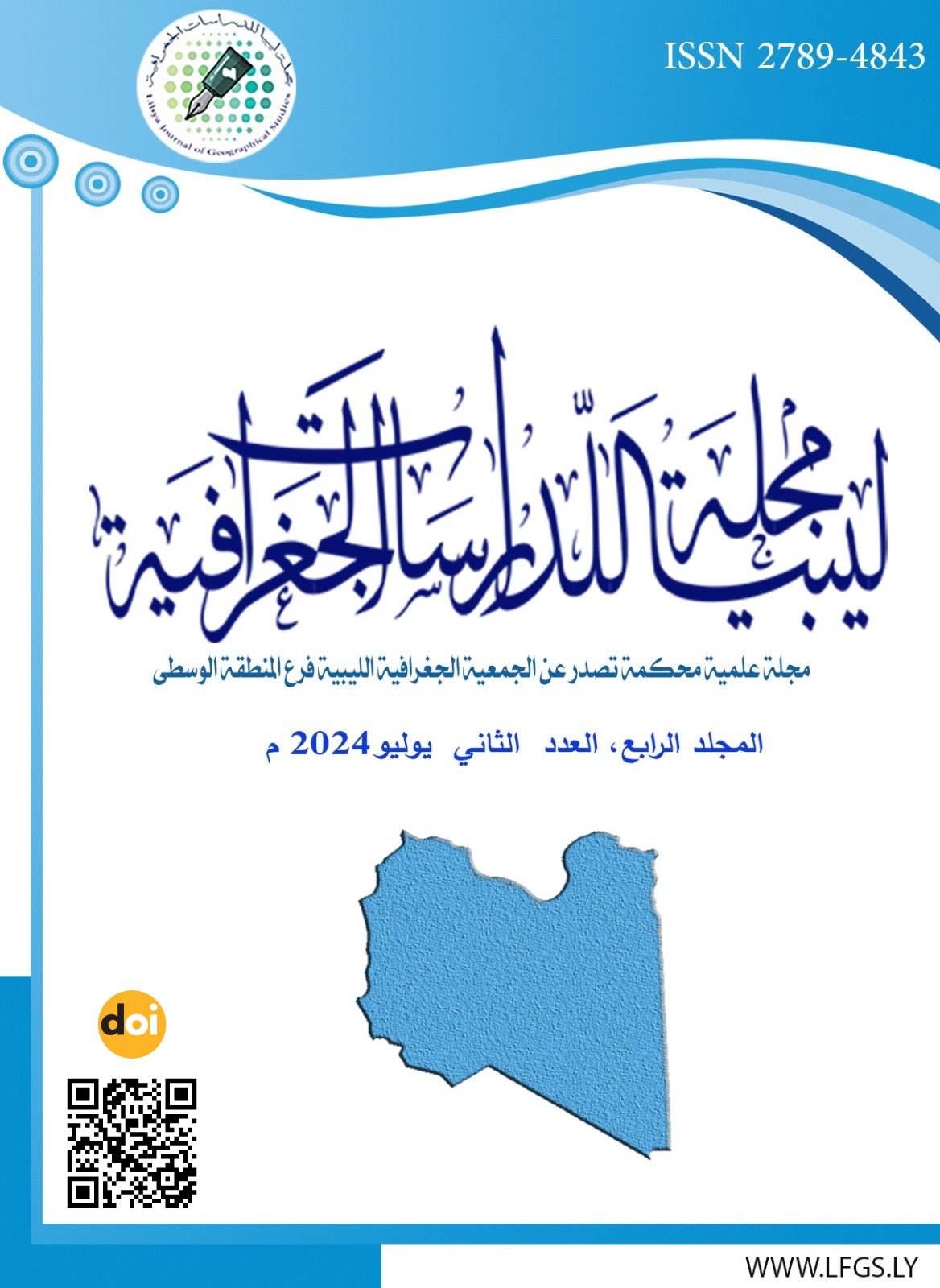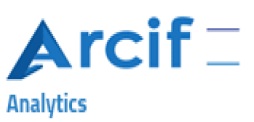Efficiency of Using Some Agents in Cloud Seeding Processes
DOI:
https://doi.org/10.37375/jlgs.v4i2.2842Keywords:
cloud seeding, silver iodide, weather modification, cold cloud, warm cloudAbstract
This study aims to clarify the most important weather modifications and techniques used and their efficiency, the most important of which is cloud seeding and seeding materials that are effective in producing Nuclei, and to make a comparison between them and the economic feasibility they achieve. It turns out that Silver iodide has been shown to be an effective seeding material, but it is economically inefficient as it is high in cost, while dry ice is an efficient and effective material, but its effectiveness is less compared to silver iodide, and that there is a possibility of using these materials to dispel fog and hail, as was shown by analyzing the cloud seeding data in Syria as an example of a relationship between the intensity of silver iodide pyrotechnic release and the rate of rainfall during the seeding period.
References
- الشريف, رباب محمود, (2023), مفهوم النانو تكنولوجي وتطبيقاتها, مجلة أكاديمية ناصر العسكرية للدراسات العليا, العدد الثاني, يوليو, مصر.
- عباس, علي, (1998), دراسة إمكانية زيادة الهاطل المطري في سورية عن طريق زرع الغيوم, أطروحة دكتوراه, ملخص باللغة العربية, موسكو, روسيا.
- فياض, ريم امير, (2015), الاستمطار وإنتاجيّة الأراضي من المحاصيل الرئيسة في المناطق شبه الجافة وشبه الرطبة السوريّة, رسالة ماجستير, جامعة تشرين, اللاذقية, سورية.
- فياض, ريم امير, (2019), خصائص السحب الملائمة للاستمطار في سورية, أطروحة دكتوراه (غير منشورة), قسم الجغرافيا، كلية الآداب، جامعة دمشق, سورية.
- ميا, علي, (2007), أساسيات الإدارة (1), جامعة تشرين, اللاذقية, سورية.
- وزارة الزراعة والإصلاح الزراعي, مشروع الاستمطار, تقارير مشروع الاستمطار في سورية ما بين عامي (1991- 2010), تقارير غير منشورة, دمشق, سورية.
- Allaby, M., (2007), Encyclopedia of Weather and Climate, 2nd edition, New York.
- Berthoumieu, J. ,(2003), Socio-economic and environment aspects of precipitation, WMP Rep. No. 42, WMO /TD No. 1277. Vol. 1.
- Bojkov, R. D.,(2003), process for planning and implementation of a Precipitation Enhancement Project (PEP), WMP Rep. No. 42, WMO /TD No. 1277. Vol. 1.
- Chernikov, A. A., et Melnichuk, Yu. v .,(2003), Scientific Weather Modification. Environmental Structure and Function: Climate System, Encyclopedia of life support System (EOLSS) vol. I, Moscow.
- Ghate, V. P., Albrecht, B. A., Kollias. P., Jonsson, H. H., and Breed D. W., (2007), Cloud seeding as a technique for studying aerosol-cloud interactions in marine stratocumulu. The American Geophysical Union, Vol. 34 , L14807, USA.
- Griffith, D.A. & M.E. Solak (2006), The Potential use of Winter Cloud seeding Programs to Augment the Flow of the Colorado River. North American Weather Consultants, Inc., Sandy, UT. Prepared for the Upper Colorado River Commission.
- Haryanto, U. R. D. Goenawan, & D. Harsanti, (2010), The Development of hygroscopic Cloud seeding flare in Indonesia: Evaluation and measurement of distribution particles, Jakarta, Indonesia.
- House J. T., James, B., Shields B. W., Celentano, J.R., Husband, M. D., Mercer, E. A., Pugh E. J., (1996), Weather as a Force Multiplier Owning the Weather in 2025, A Research Paper Presented To Air Force 2025, USA.
- Hunter, S. M., (2007), Optimizing Cloud Seeding For Water and Energy in California, California Energy Commission, USA.
- Jamali, J. B., Javanmard, S., Fukuta, N., Noorian, A. M., 2003, Improved Numerical Modeling of Rethit and Filas in LC Seeding based on Field Experiment over North Kyushu island(Japan), WMP Rep. No. 39. WMO /TD -No. 1146., Geneva, Switzerland.
- Nelson, L.D., and Silverman, B.A., (1972), Optimization of Warm-Cloud Seeding Agents by Microencapsulation Techniques. Air Force Cambridge Research Laboratories, Bedford, Mass.
- Nishiyama, K., Fukuta, N., & Wakimizu, K.,(2003), microphysical and dynamical evaluation of radar reflectivity in Lolepshin seeded cloud, WMP Rep. No. 39. WMO /TD -No. 1146., Geneva, Switzerland.
- Ryan, T., (2005), Weather Modification for Precipitation Augmentation and its Potential Usefulness to the Colorado River Basin States. Metropolitan Water District of Southern California Report.
- Seto, H., Bahri, S., Widodo, H., Mulyana E., Harsoyo B., and Karmini M., Weather Modification for Rain Reduction- A Conceptual Design, Weather Modification Technology Center, Agency for the Assessment and Application of Technology BPPT 1st building 19th floor, Jl. M. H. Thamrin no.8, Jakarta, Indonesia.
- WMO, (2010), Documents on Weather Modification. ̎Executive Summary of The WMO Statement on Weather Modification̎, Updated in the meeting of the Expert Team on Weather Modification Research, 22-24 March, Abu Dhabi,UAE.
- Woodley, W. L., and Rosenfeld, D. (2010), Evaluation of the Effectiveness of Cloud Seeding in Texas from 2002 through 2006, Journal of Applied Meteorology, USA.
- Zou, L., (2019), Using Nanotechnology to Accelerate the Water Condensation nucleation and growth for Rain Enhancement, project final report from 2016- 2019, UAE research program for rain enhancement science, national centre of meteorology & seismology, Abu Dhabi, UAE.














